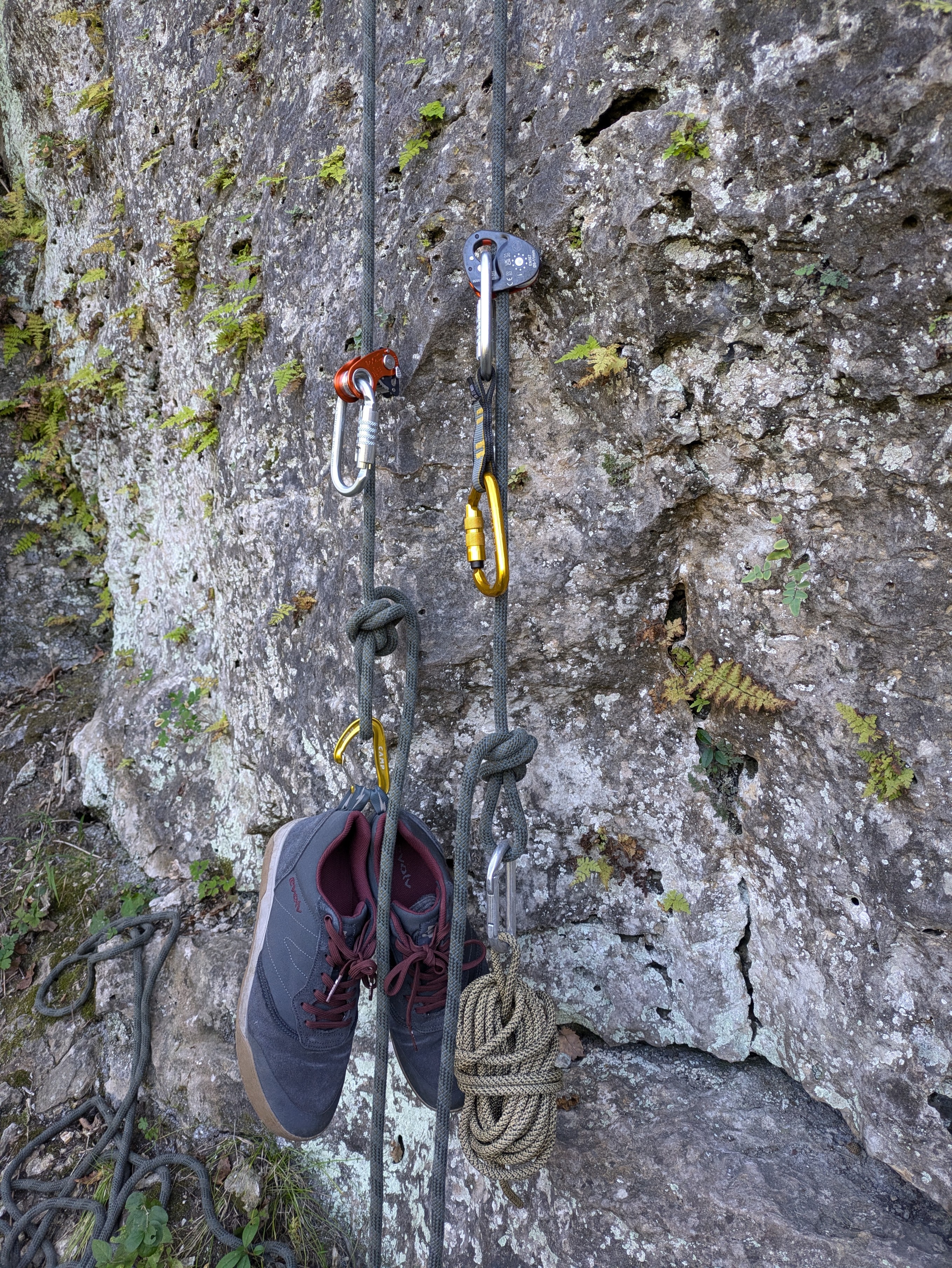Everybody Climbs in Indian Creek with Tim Foulkes
General News
1
Posts
1
Posters
109
Views
1
Watching
-
A preseason episode before we launch Season 7. Originally aired in 2020 near the end of Season 1. Season 7 kicks off later this month.

Everybody Climbs in Indian Creek with Tim Foulkes
A preseason episode before we launch Season 7. Originally aired in 2020 near the end of Season 1. Season 7 kicks off later this month.

The Climbing Zine (climbingzine.com)
